'Grade II listed status is the icing on the cake'
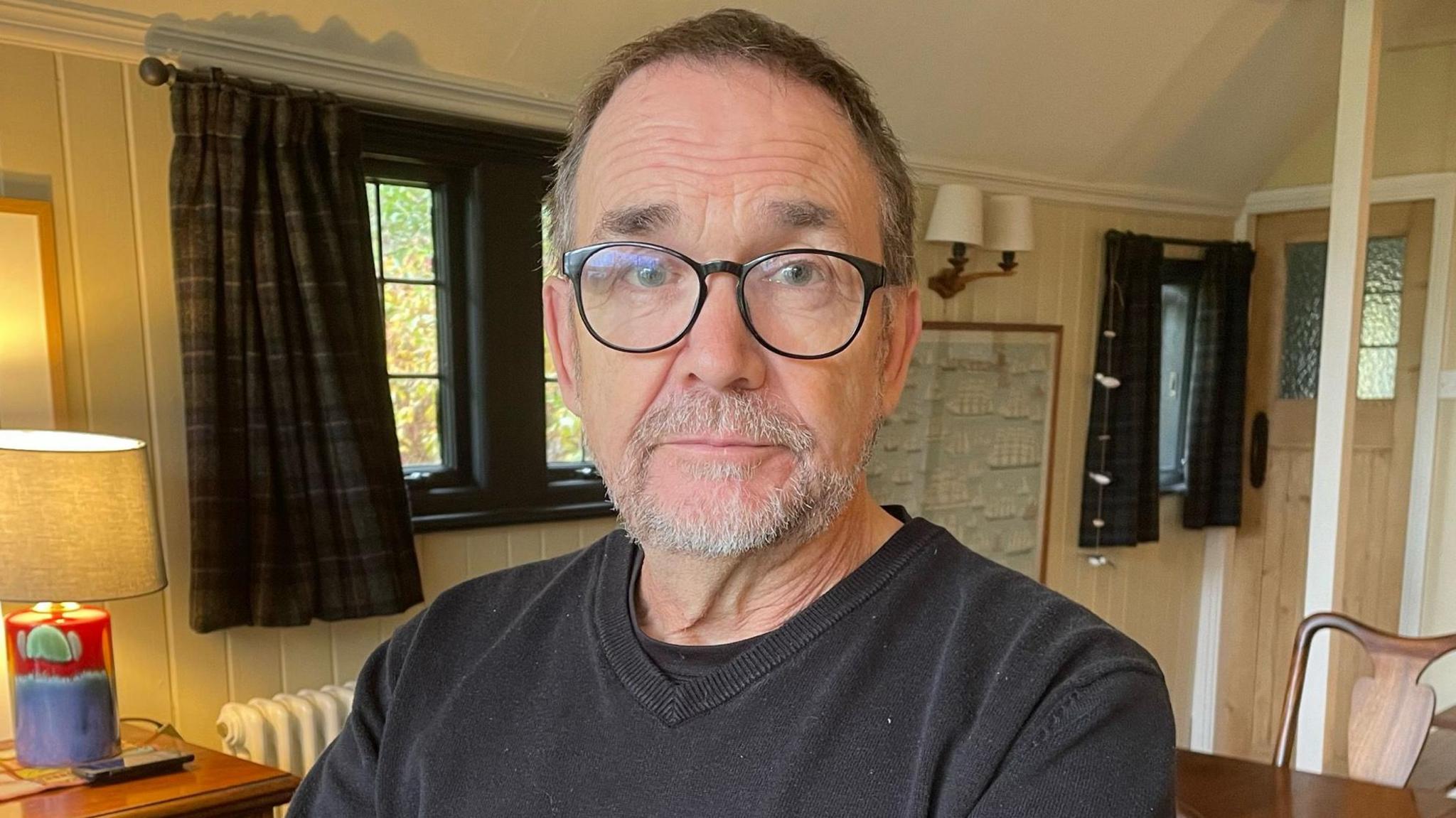
Jo Edye said his Broads house was run down and in need of a lot of work when he and his partner bought it
- Published
The owner of a waterside house said he was "very proud and very happy" after his home was given a Grade II listed status.
Jo Edye, 66, lives at one of five properties in the Broads National Park, in Norfolk, which have been given the rating. This meant that any changes to the building's character or appearance must get listed building consent, external.
"We've kept it in its original historic state and we feel that we've protected something, which is good," he said of the early 20th Century former boathouse.
The properties were described as "distinctive, local landmarks" by Duncan Wilson, the chief executive of Historic England, which is responsible for listing decisions.
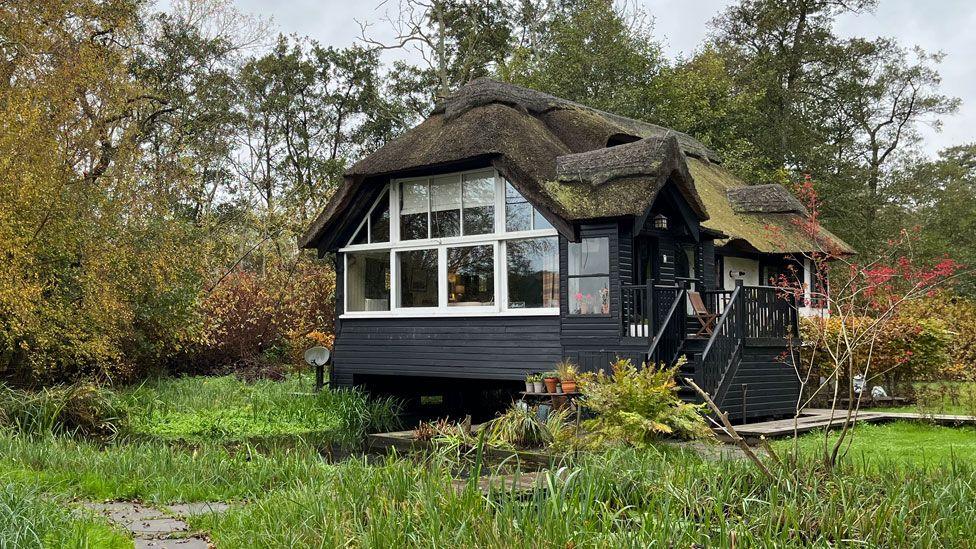
The buildings are "particularly vulnerable because of their lightweight building materials", according to Kayleigh Judson from the Broads Authority
Mr Edye, who runs a t-shirt business in Norwich, bought Staithcote, in Wroxham, in 2012.
He and his partner were drawn to the property's peaceful location, surrounded by wildlife, including heron, kingfishers and occasional visits from otters.
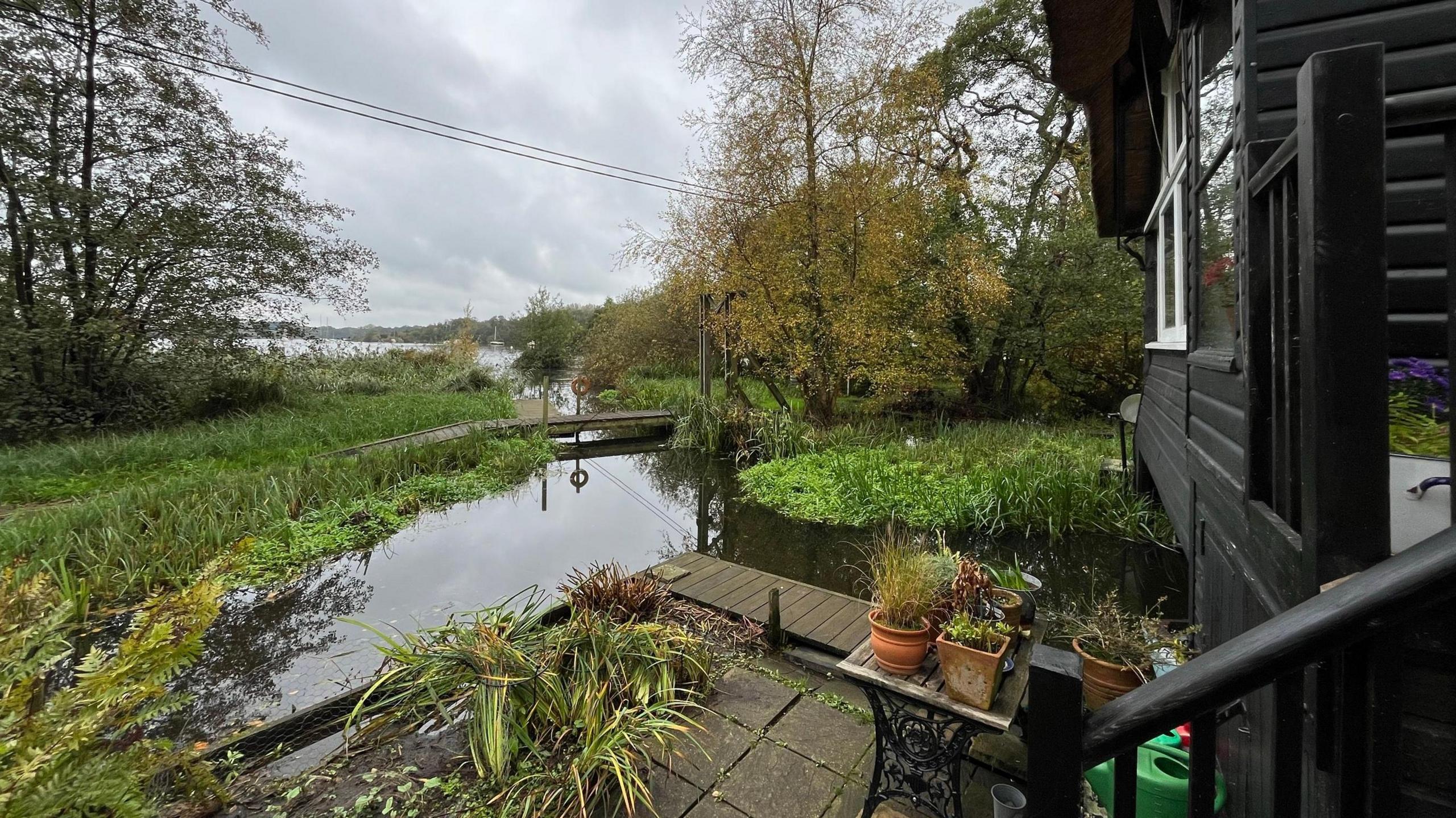
Not only did the house need work, but Mr Edye had to do a lot of ground work, including dredging the dyke which flows under the house
In fact, it is easier to get Staithcote by boat, which was another part of its appeal for the couple who are keen sailors and enjoy mooring their boat by the house.
The property was initially built as a boathouse and extended with a waterside chalet above in 1913.
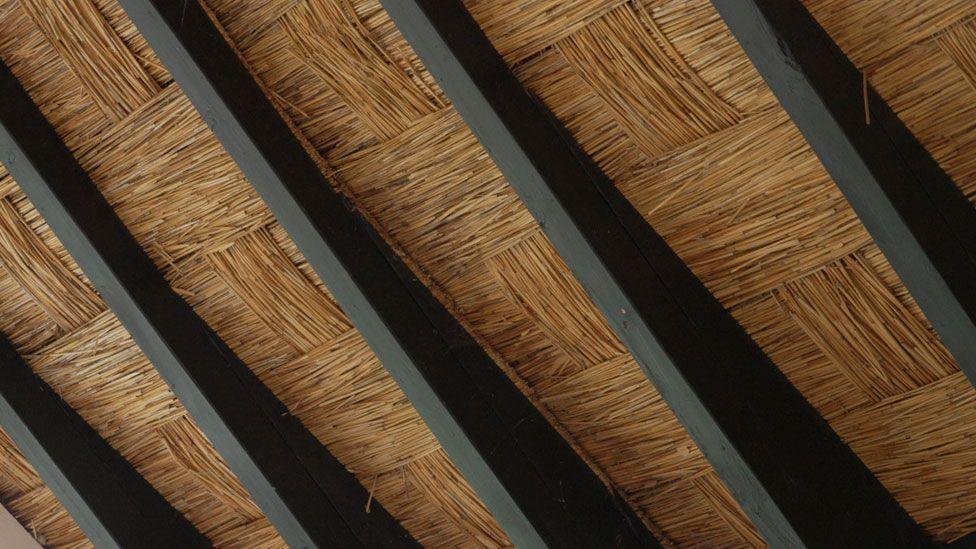
The lining of the thatched building can be seen in between the roof beams in a cross-hatched design, which Mr Edye said is called fleeking
A flock of geese head down river to Wroxham as "their daily commute", which involved paddling under the house, and sometimes canoeists also "try to go under the house and we don't mind, we say hello", said Mr Edye.
"People have said, 'Oh gosh listed, that means you can't do any work on the house', well we've done the work on the house we've needed to do," he said.
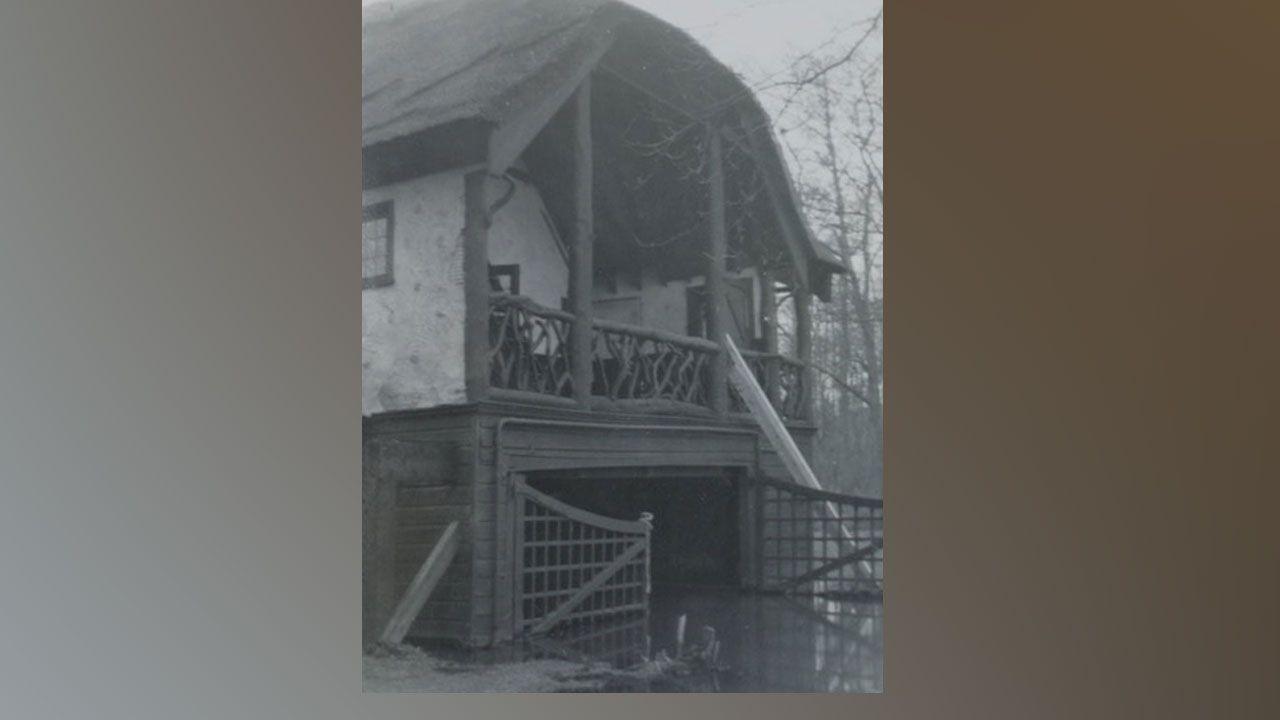
Historic England said the house has an "unusual composition of a chalet built over its boat house" in "the cottage orné style favoured in the northern Broads"
But the couple feel "getting the listing is the icing on the cake".
Mr Edye said: "It makes us feel we've done something really good and we've saved a property from what might have happened - it could have just sunk into the grounds."
'We haven't messed around with it'

Di Cornell and her partner have also undertaken a great deal of work on their bungalow, Towerview
"My partner David had seen our house when he was a late teenager and when he saw it was for sale, he said we must buy it," said Di Cornell.
"I loved it because it's in the countryside, I love the open spaces, the wildlife, the light and it's just such a lovely structure."
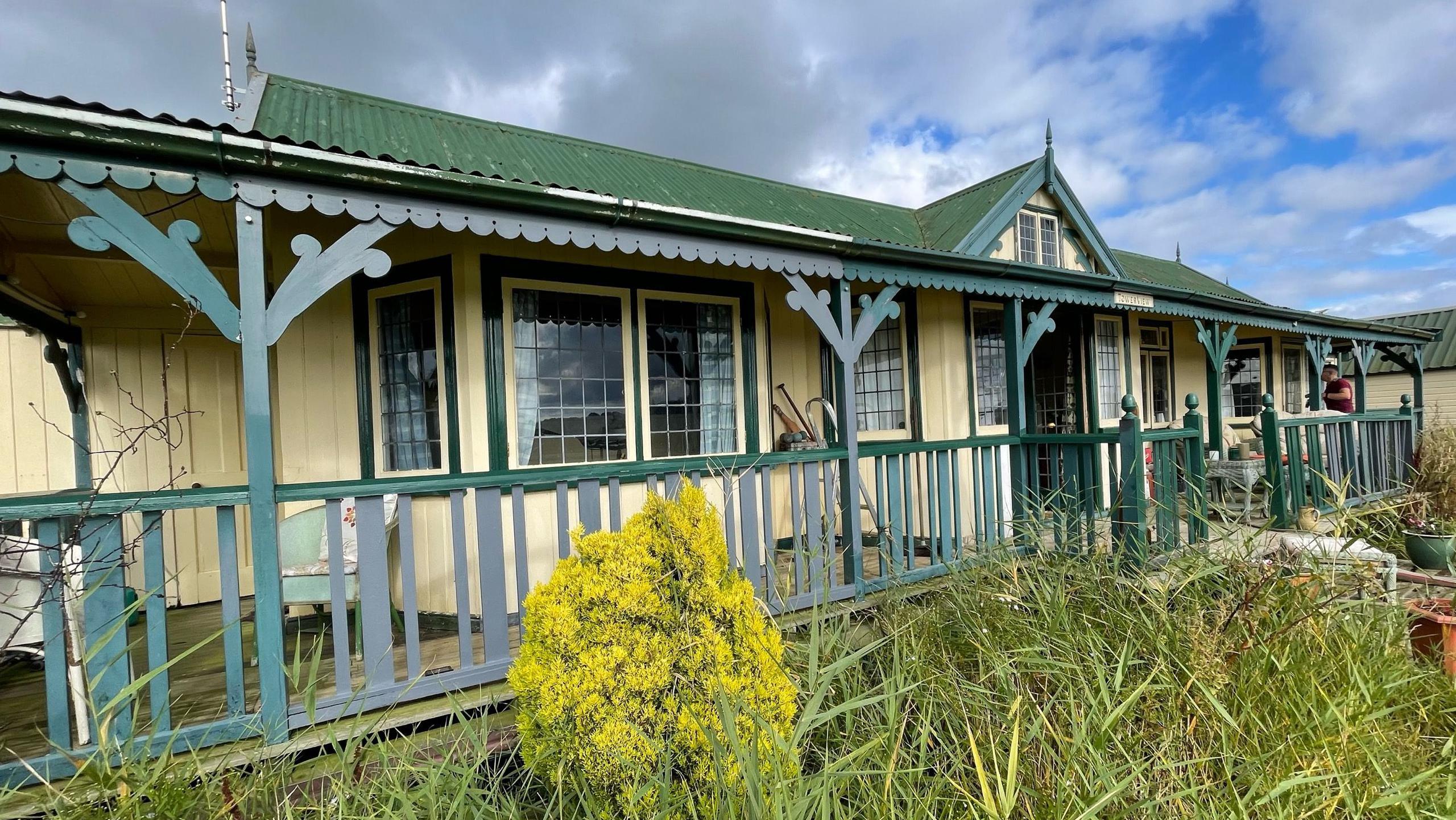
The couple replaced a plastic roof with tin and opened up the veranda and had its balustrades recreated using an old photograph of the building
The couple have lived in Towerview at Potter Heigham, since 1989, and have also done a lot of work to restore their property.
The bungalow was created using prefabricated materials produced by Norwich-based Boulton & Paul, which made the huts for Scott’s Antarctic expedition.
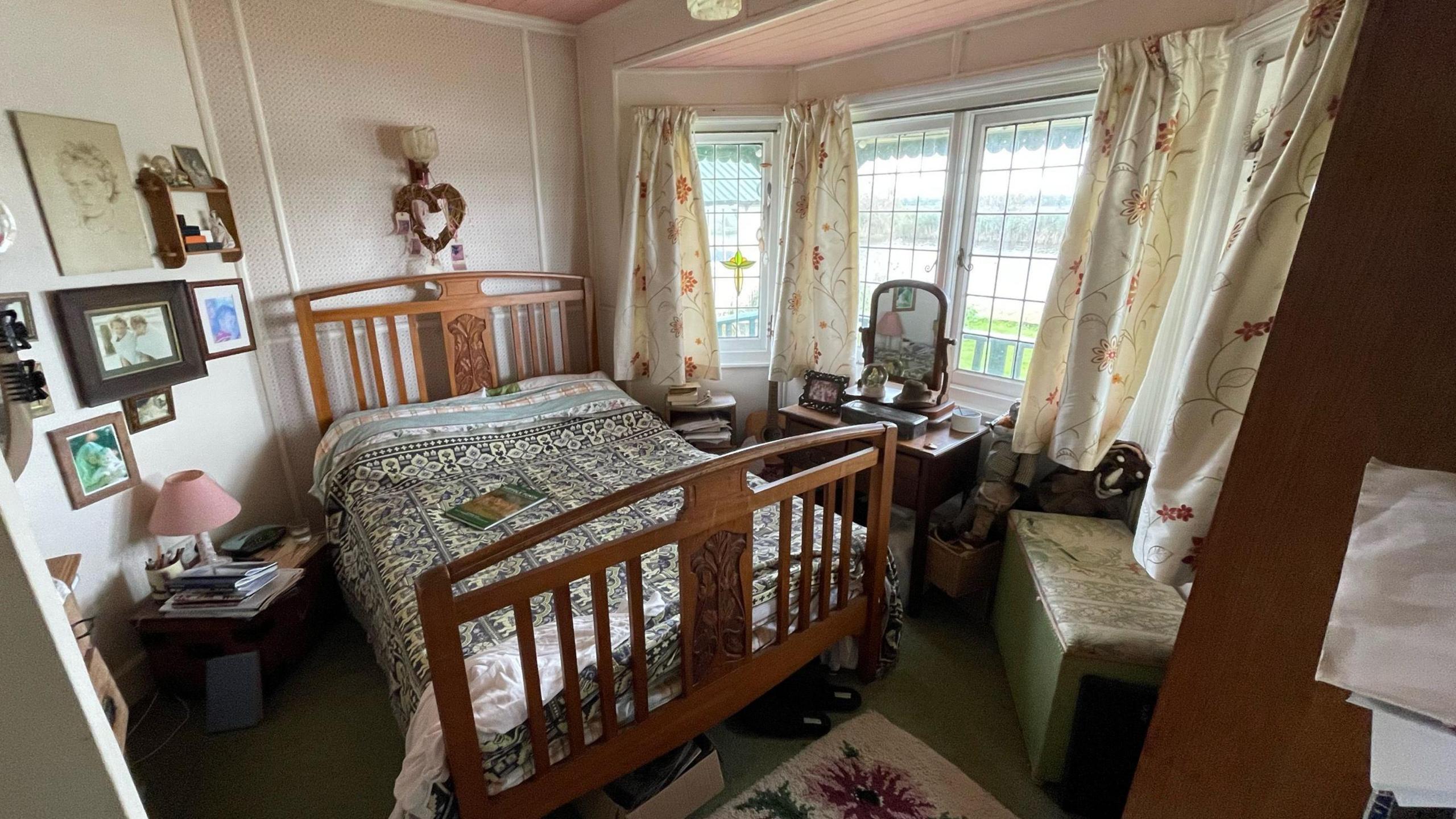
The reed and bead matchboard panelling found on the ceilings and walls of some bedrooms is original to the house, according to Historic England
Ms Cornell, 75, said: "When we first bought it, the veranda was close-boarded and it had a plastic, sheeted roof.
"A friend has an old image in a holiday catalogue, it had this very simple balustrading, so we put it back."
They re-roofed the house with tin and think it has been listed because "we haven't messed around with it".
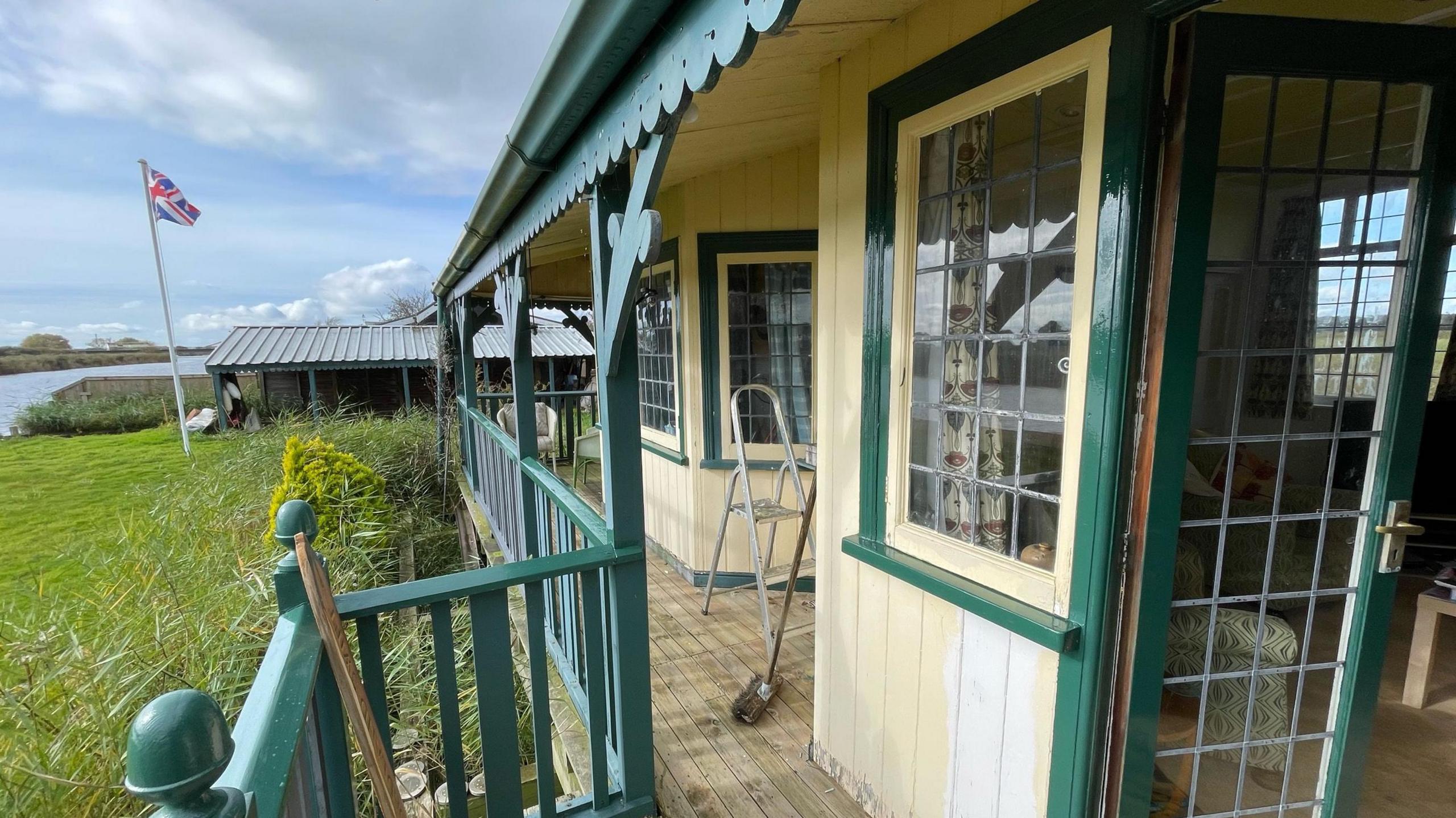
It was probably built on site using prefabricated materials from Norwich-based Boulton & Paul and Ms Cornell reckons that was in about 1910
She is delighted Historic England has done so though.
"I think these things should be preserved, you wouldn't knock down a Grade I-listed church, why is this humble building different?" she asked.
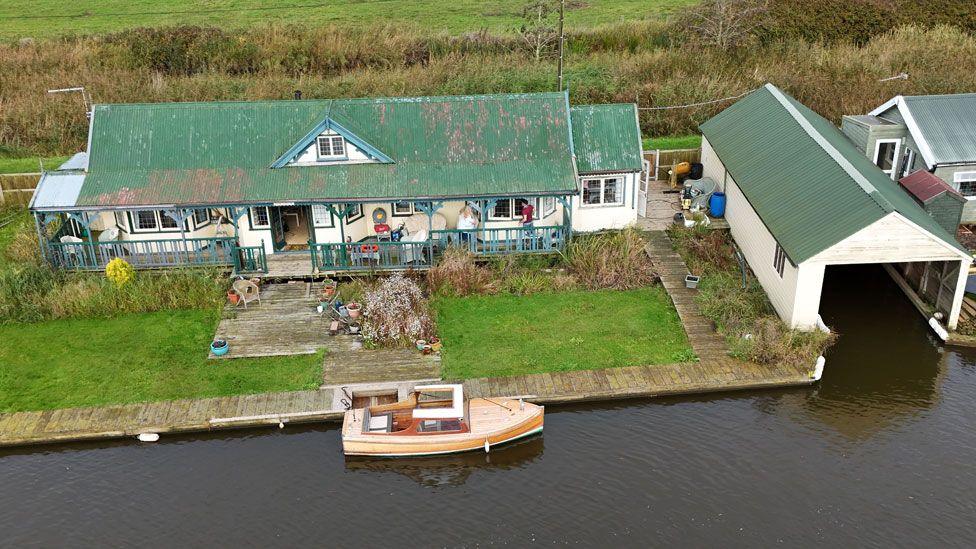
Ms Judson described the Potter Heigham properties as "utilitarian" but with "beautiful Art Nouveau and Arts and Crafts detailing"
The other properties include a converted helter-skelter, one of the only remaining eel setts in England and a waterside bungalow created for a Great Yarmouth businessman.
Kayleigh Judson, heritage planning officer for the Broads Authority, said the "very special buildings" had an "interesting history linked with the British tourism industry".
"They also have an interesting social side, with the ones at Potter Heigham used as more permanent accommodation during World War Two when larger settlements like Great Yarmouth were bombed," she added.
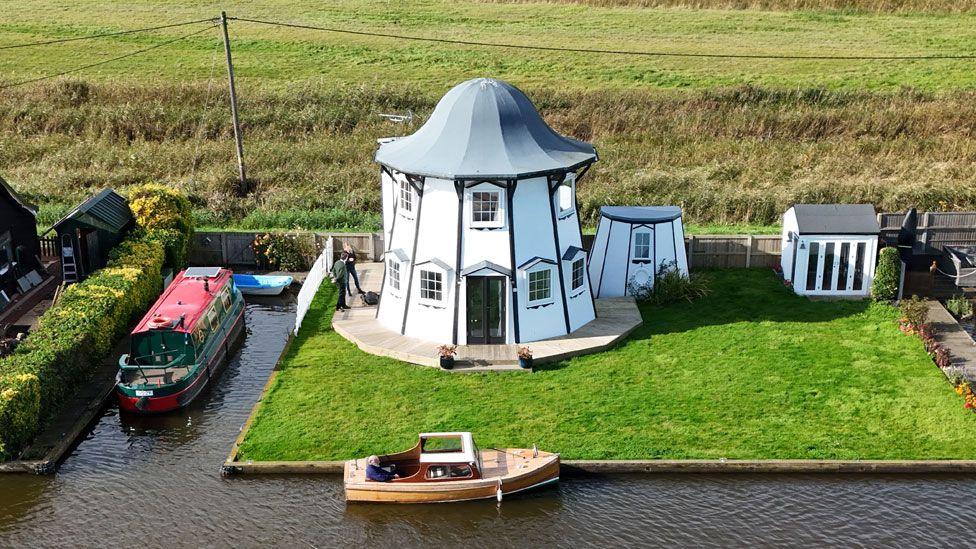
The most unusual of the five newly listed buildings is Dutch Tutch, made from a helter-skelter from Britannia Pier in Great Yarmouth before it burnt down in 1909
Listen: Five unique properties including a converted helter-skelter have been given Grade II-listed status
Get in touch
Do you have a story suggestion for Norfolk?
Follow Norfolk news on BBC Sounds, Facebook, external, Instagram, external and X, external.
Related topics
- Published17 October 2024
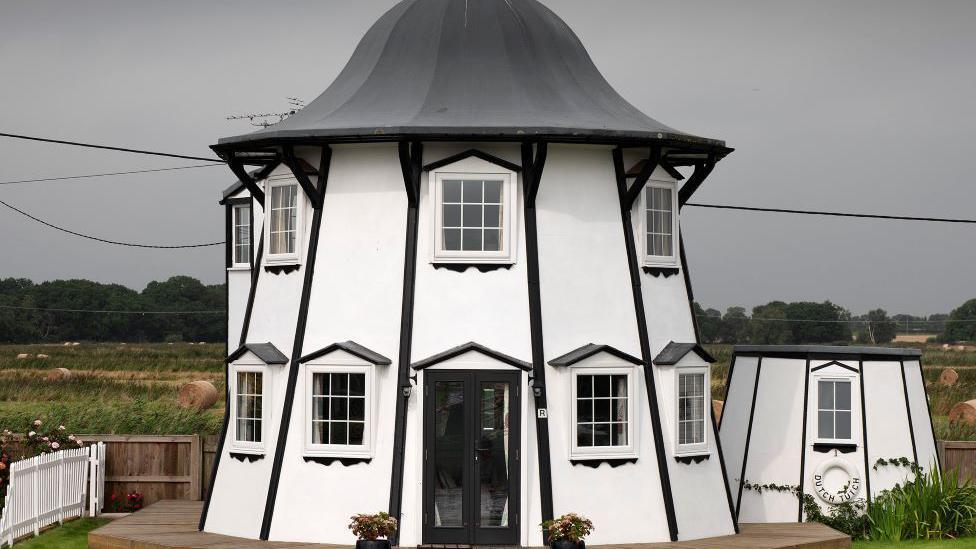
- Published8 February 2024
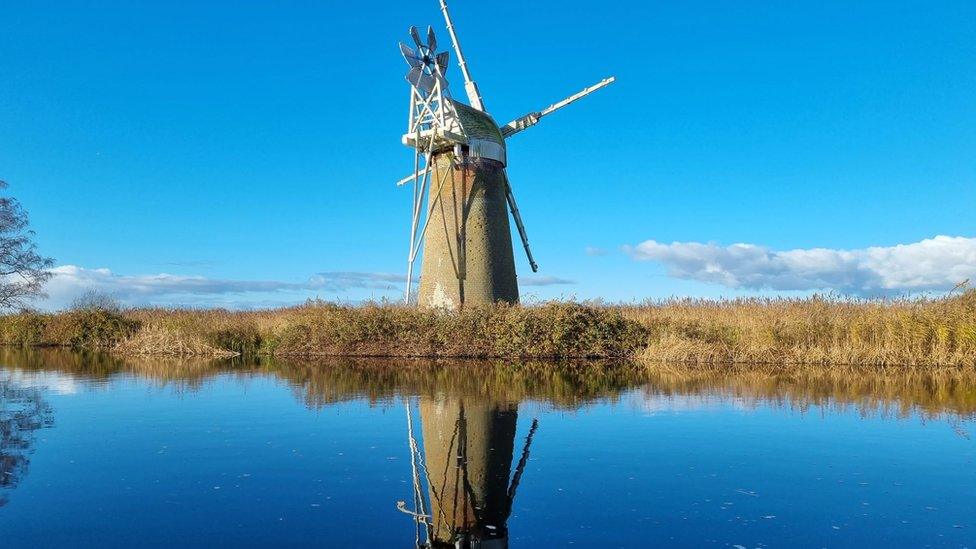
- Published2 October 2023
